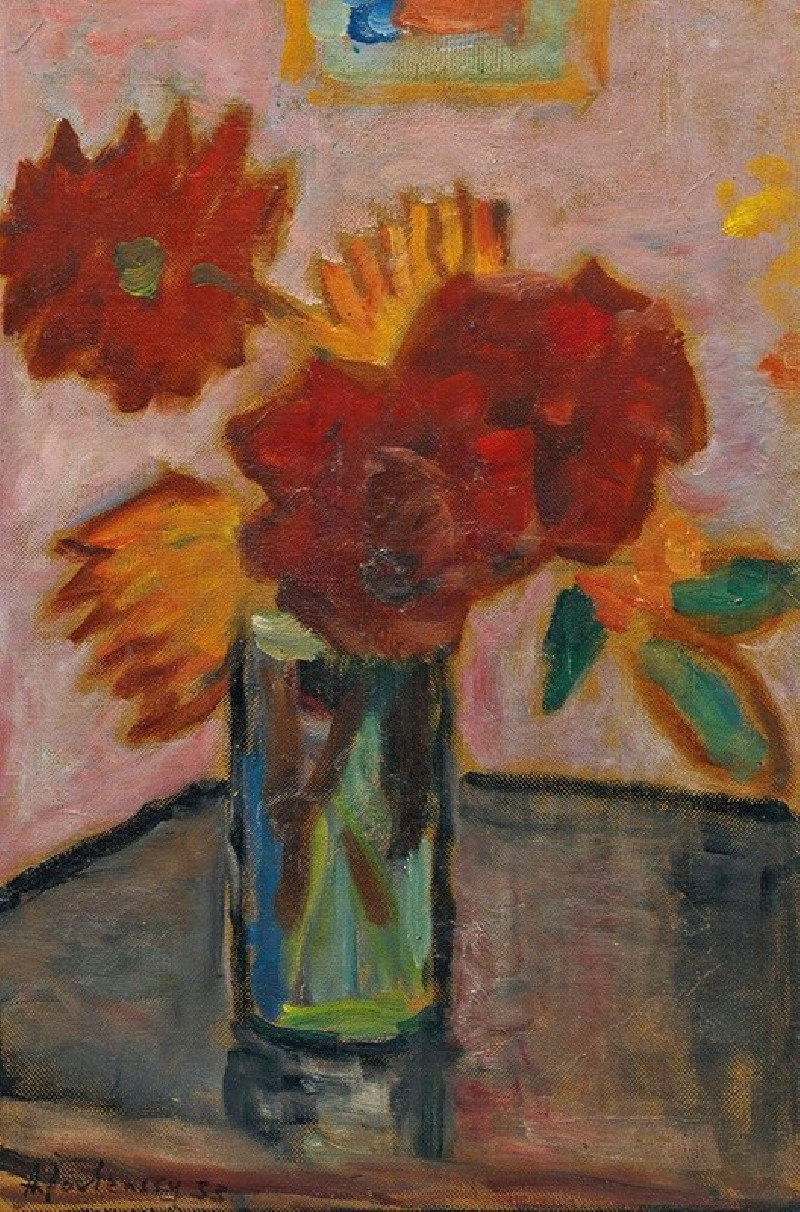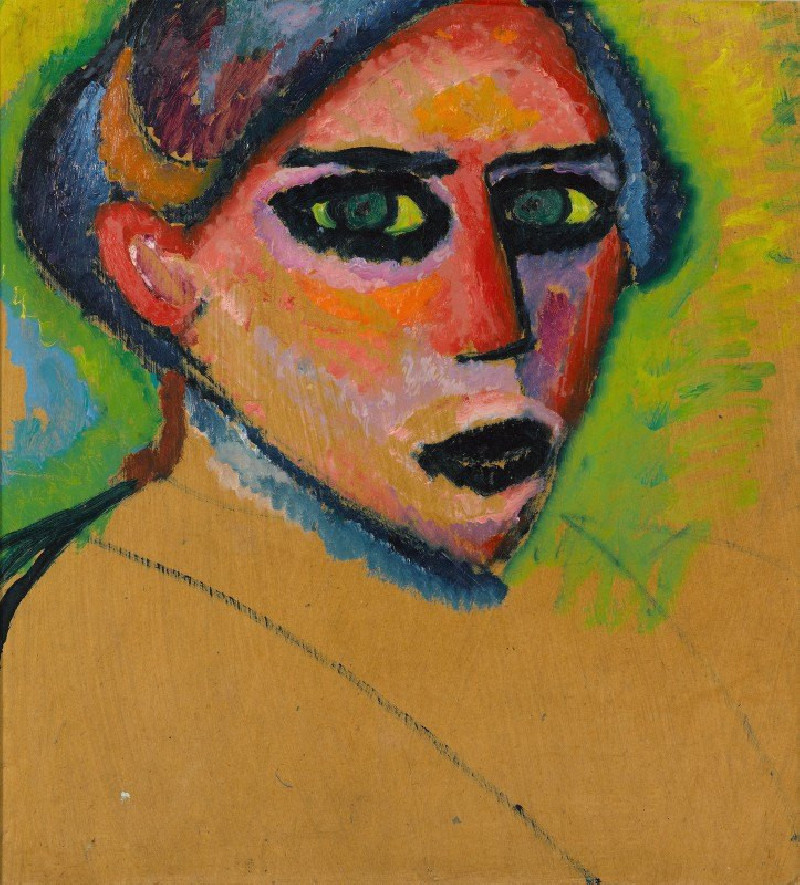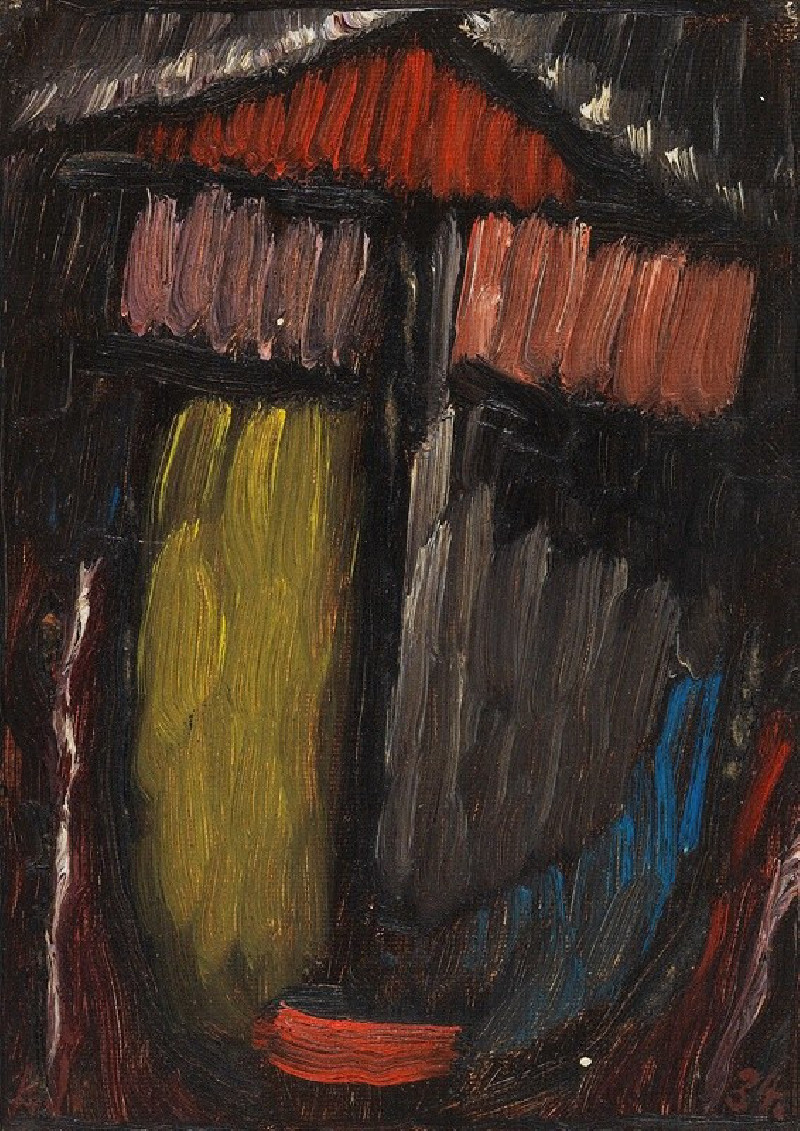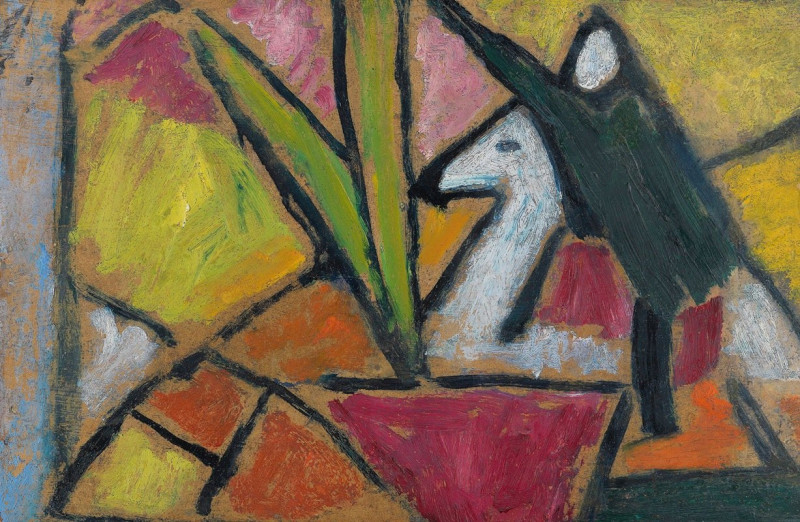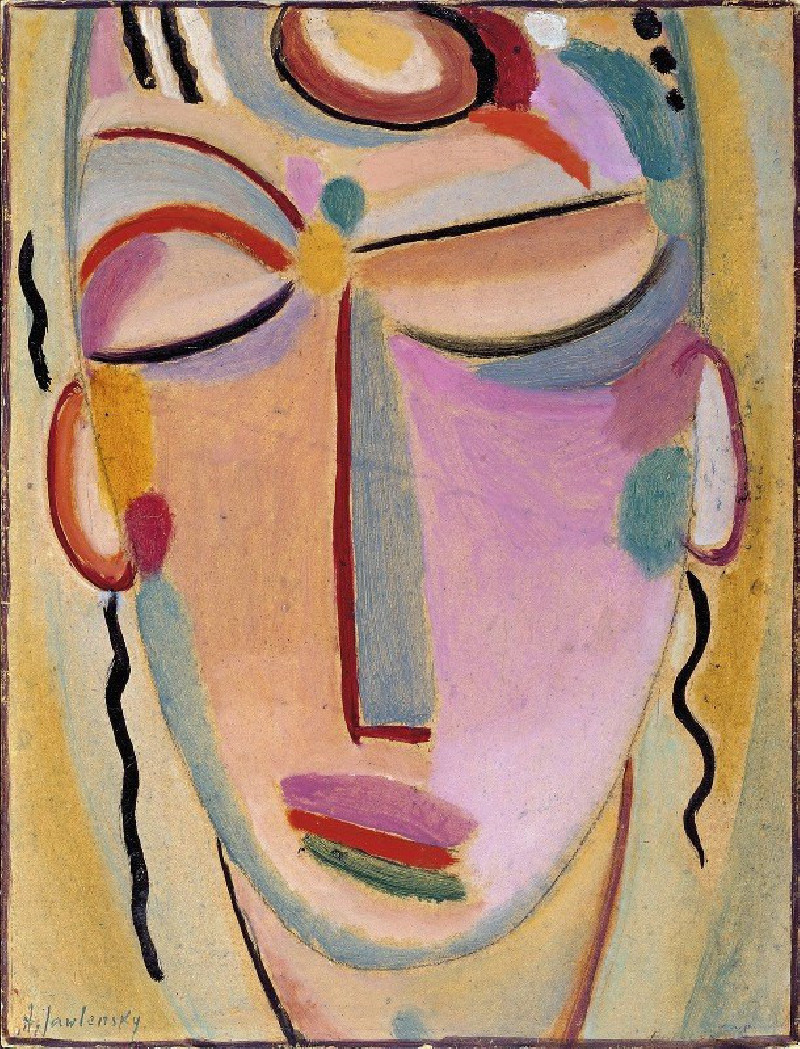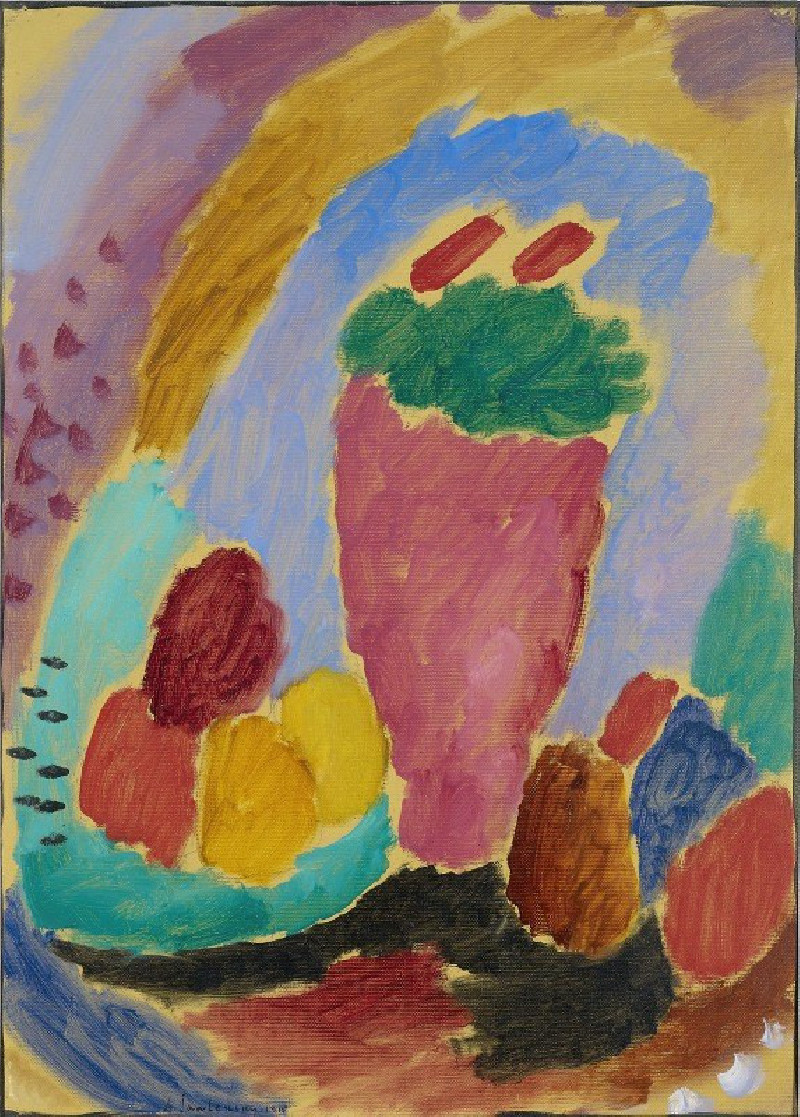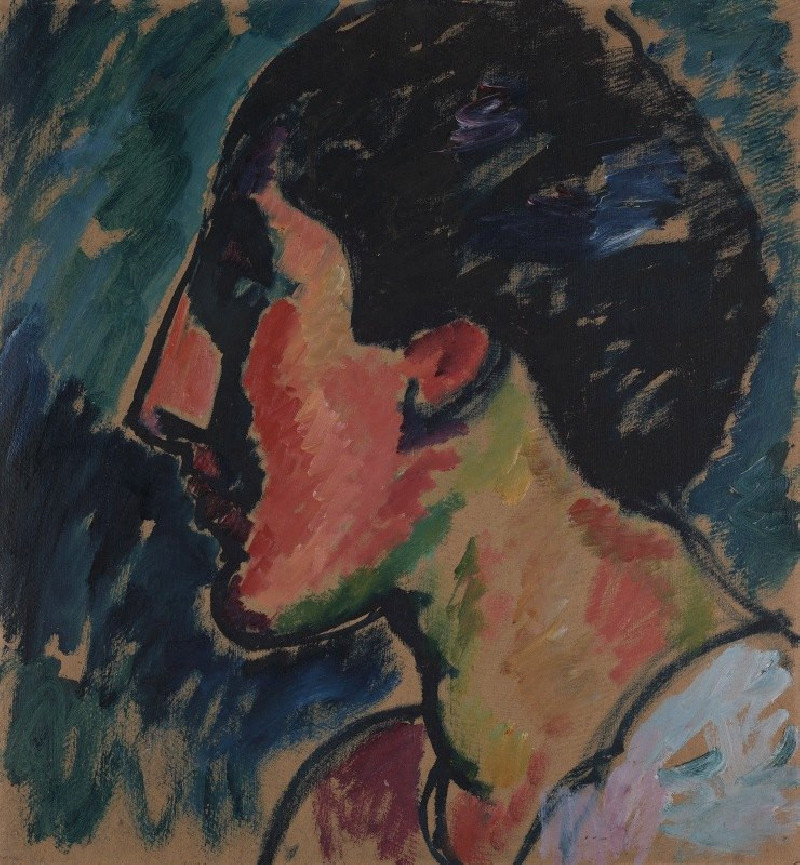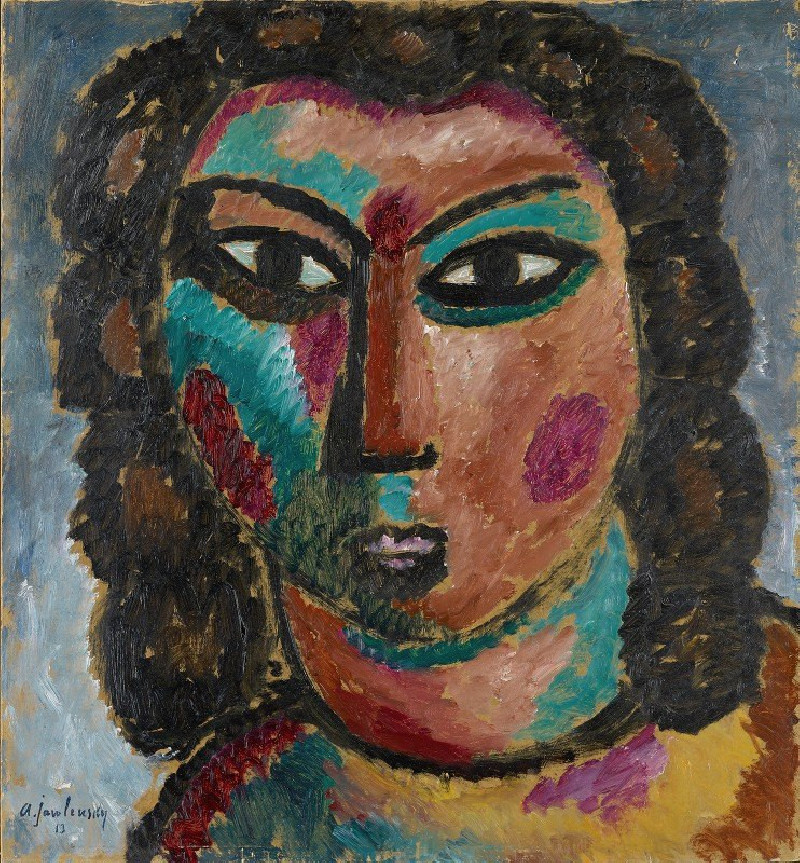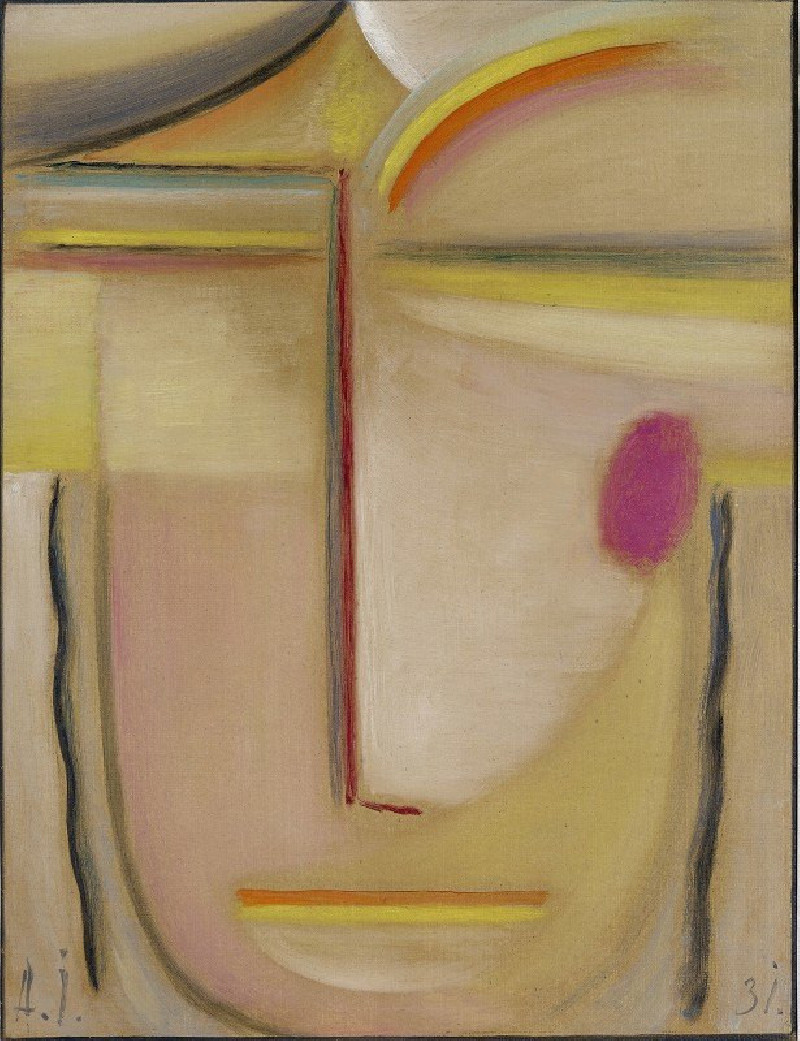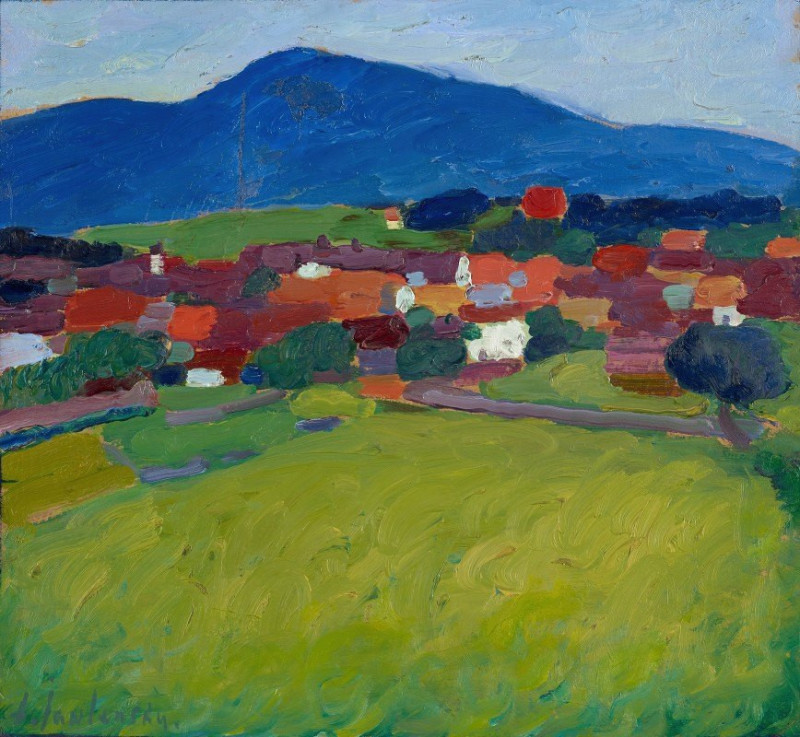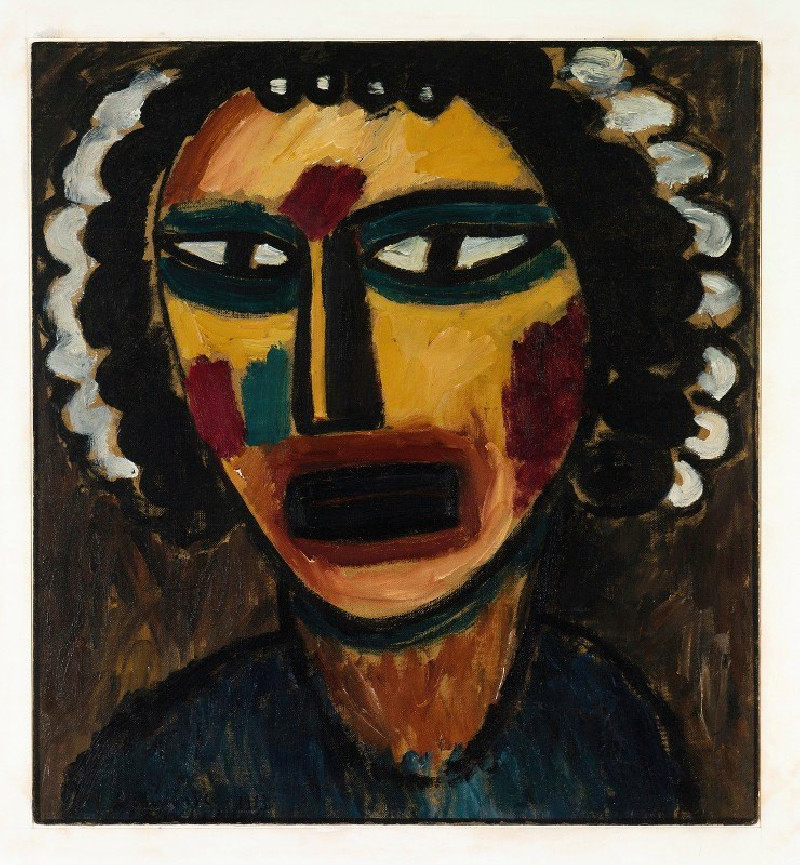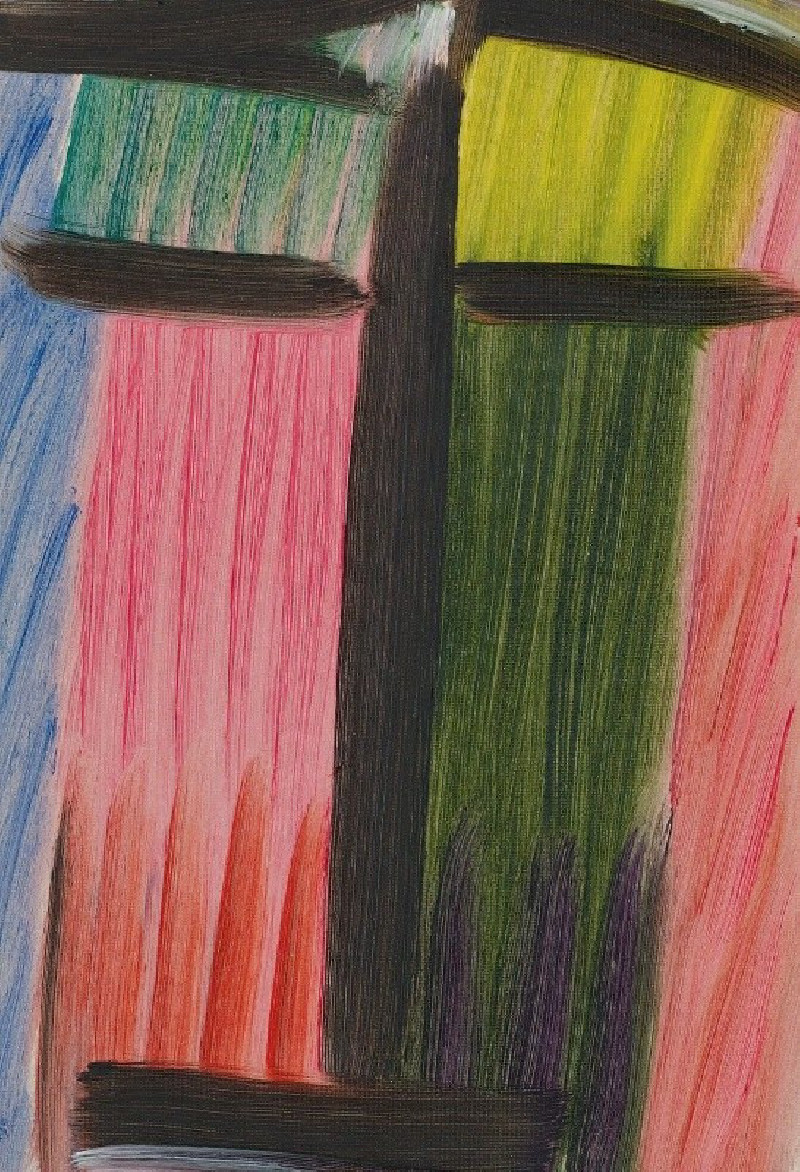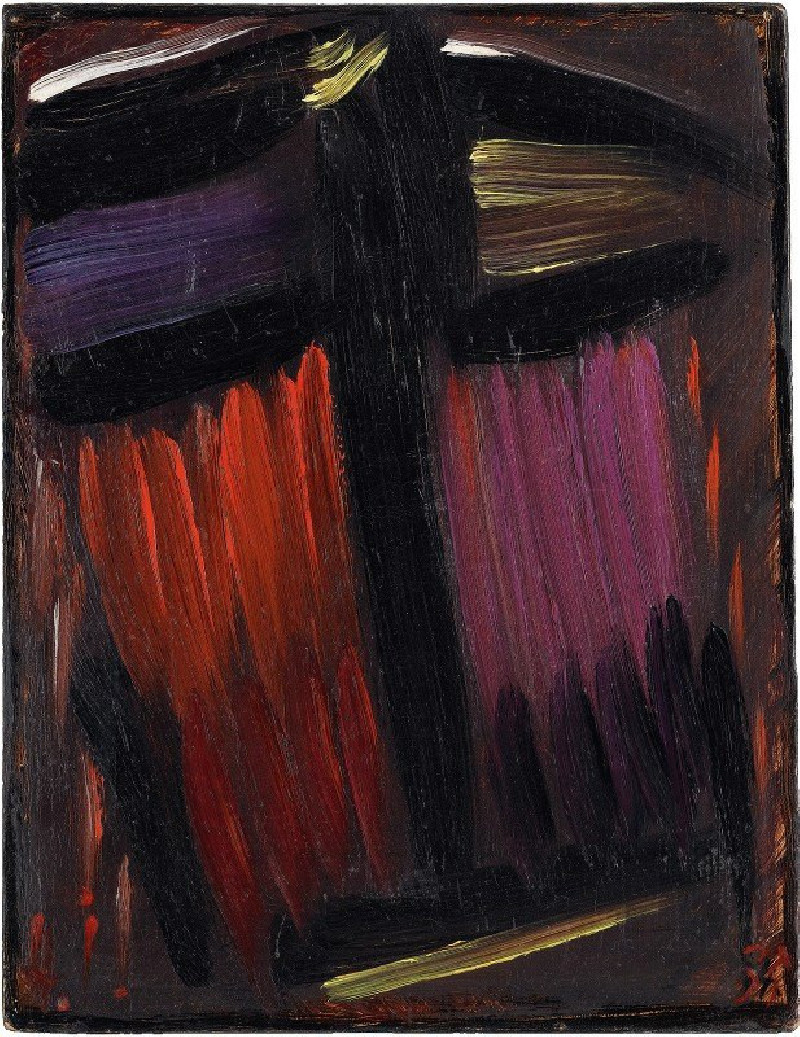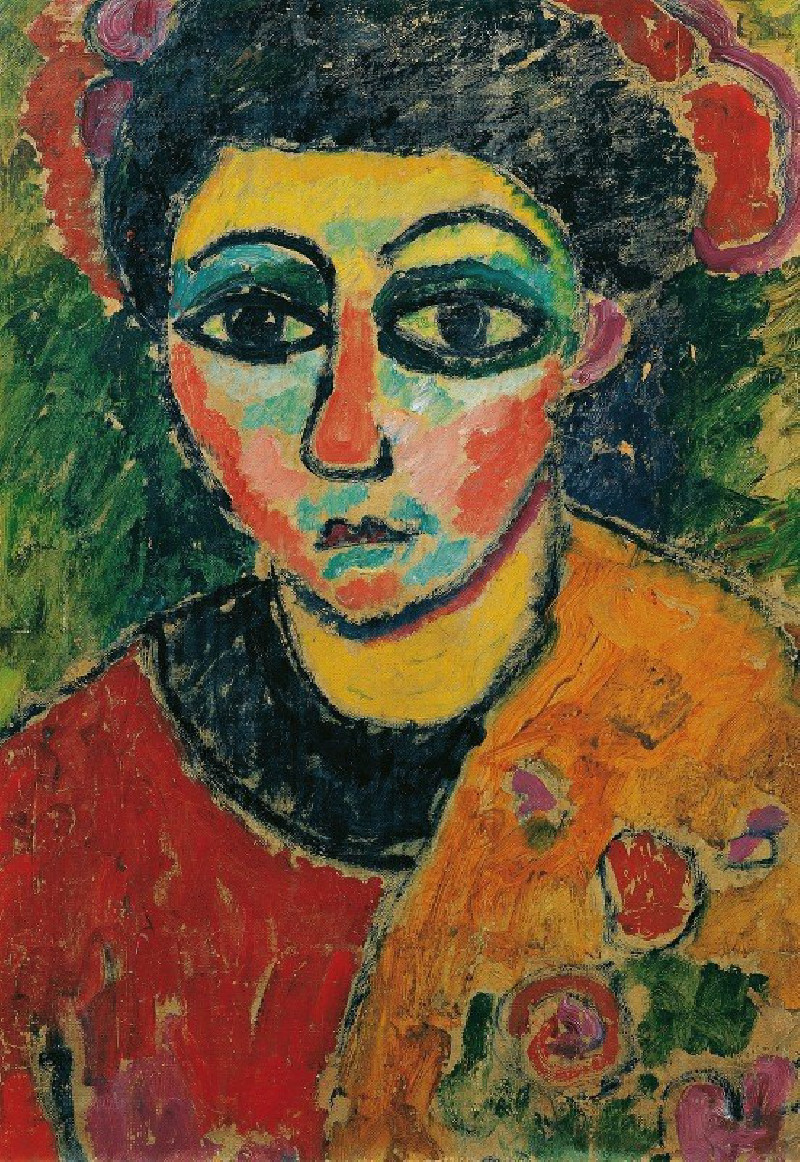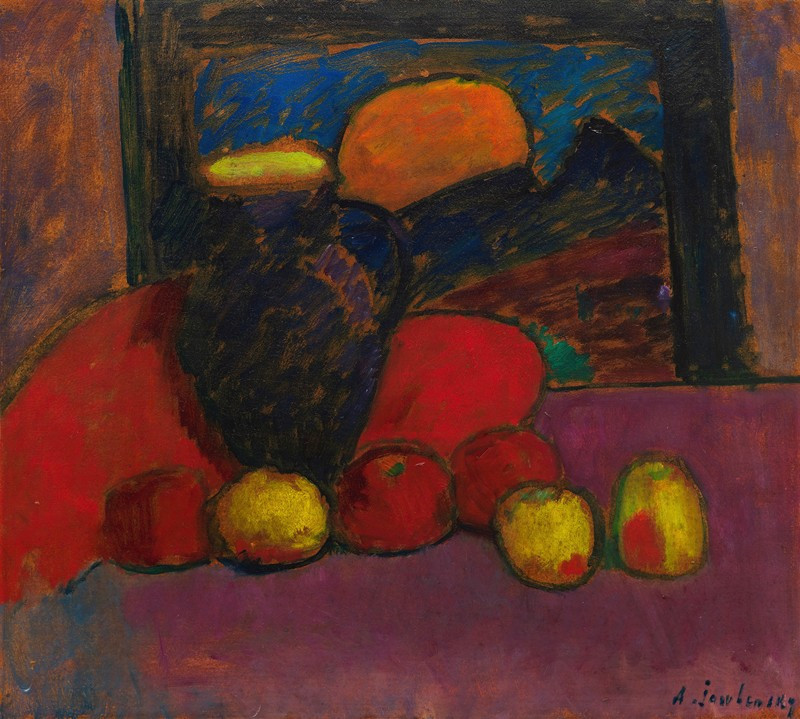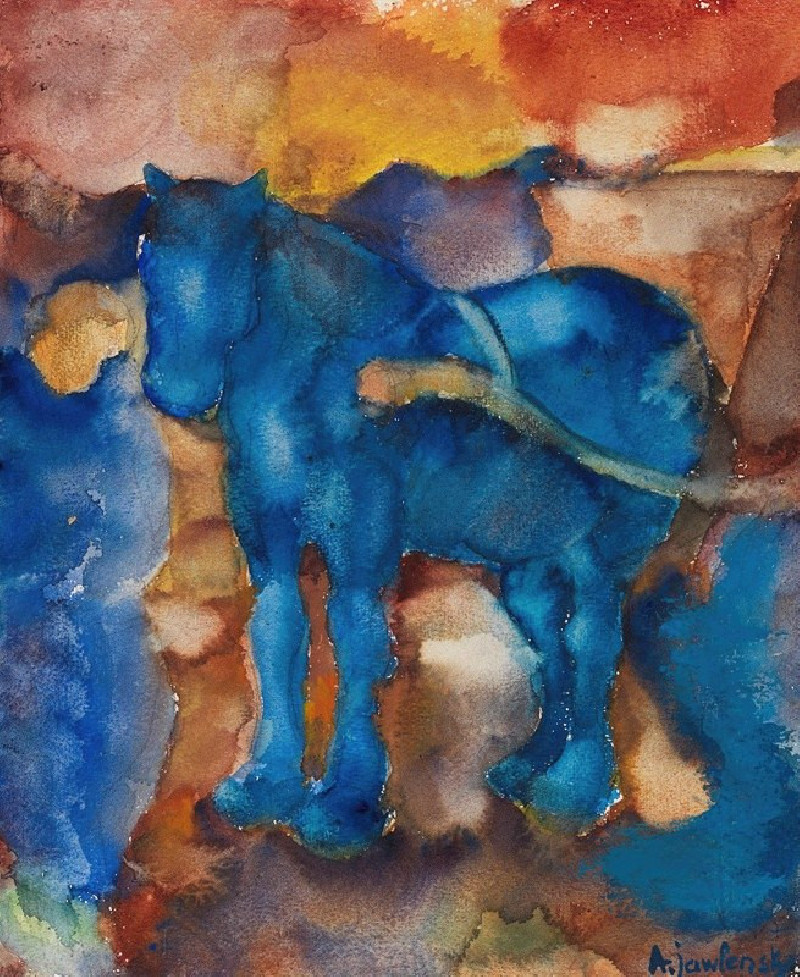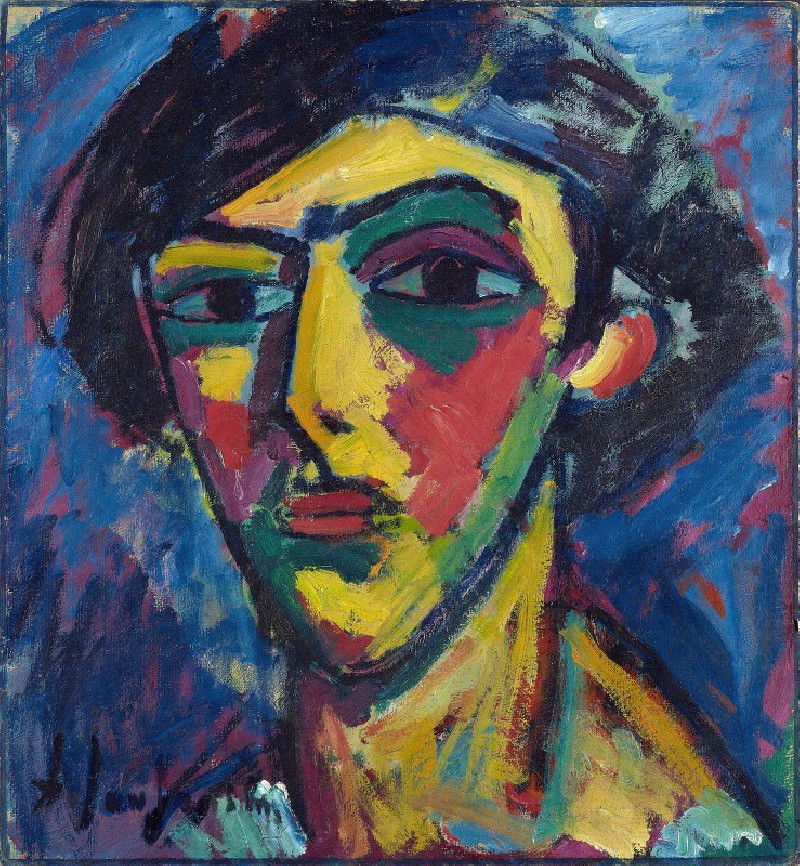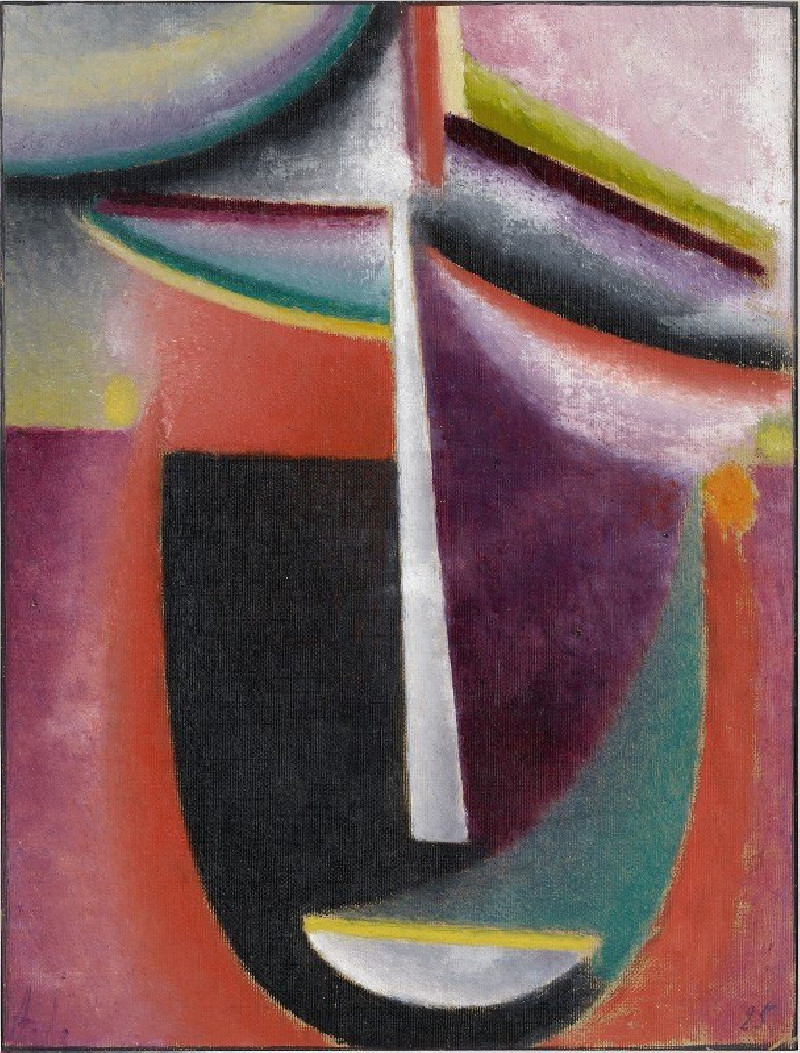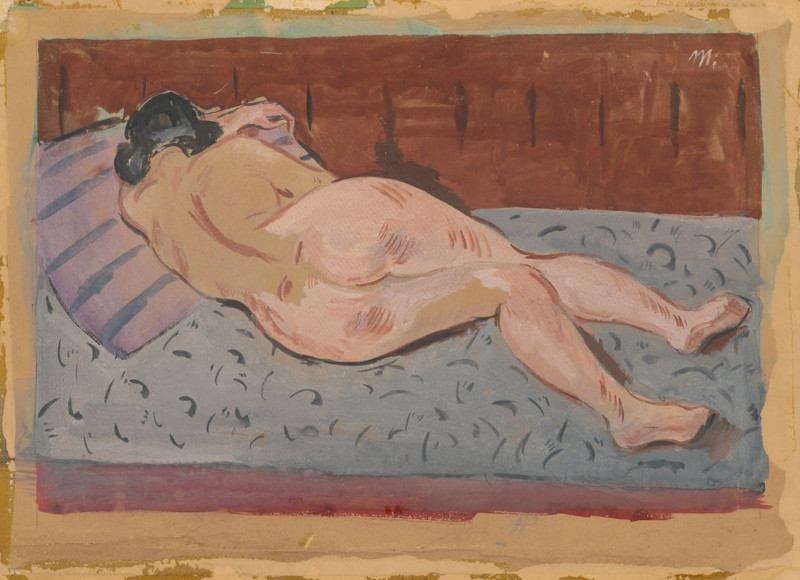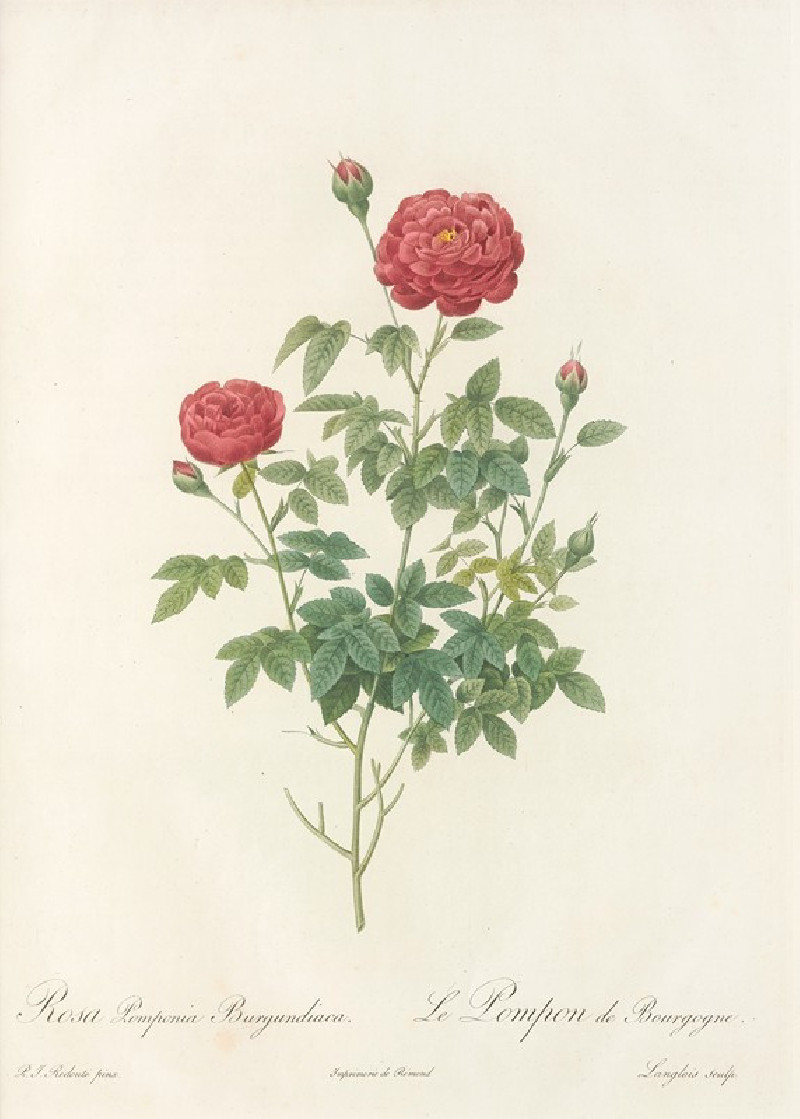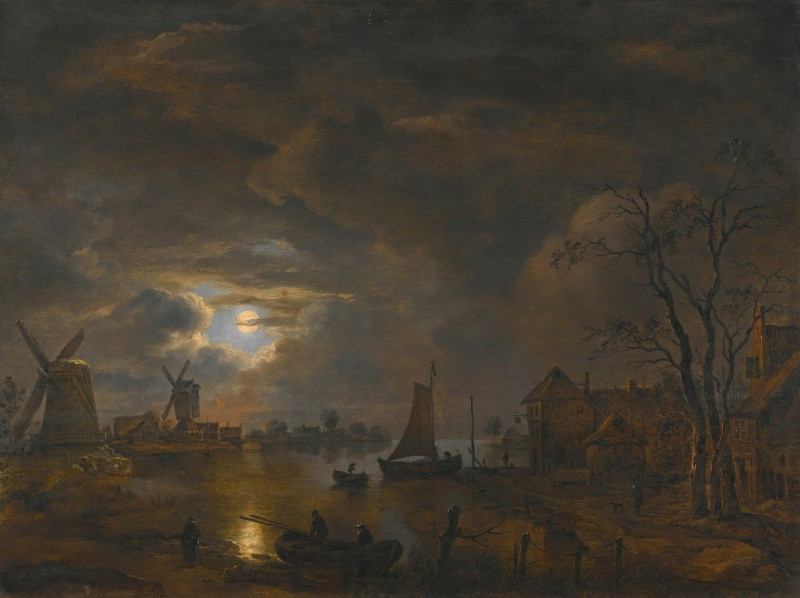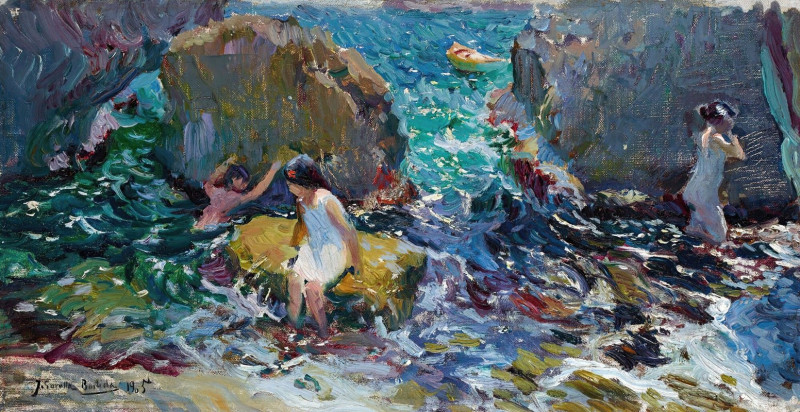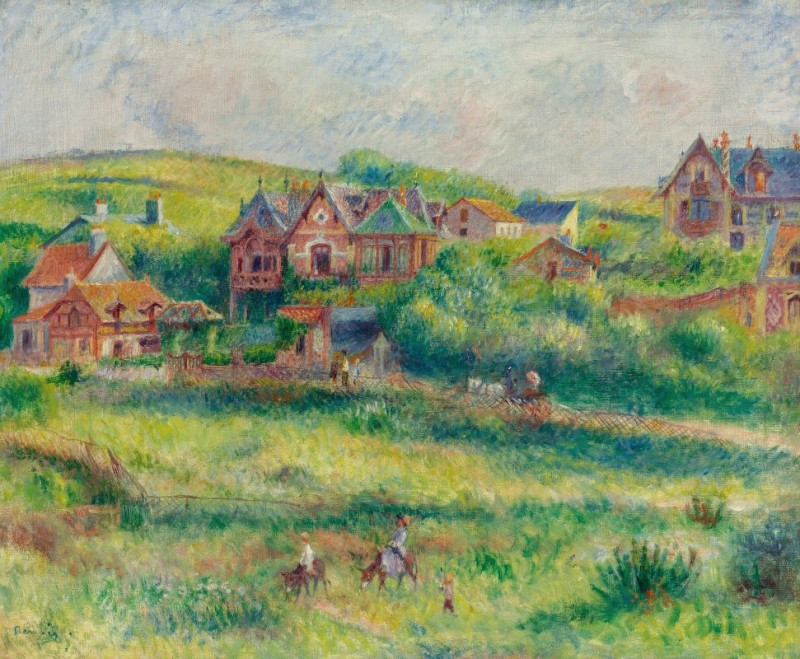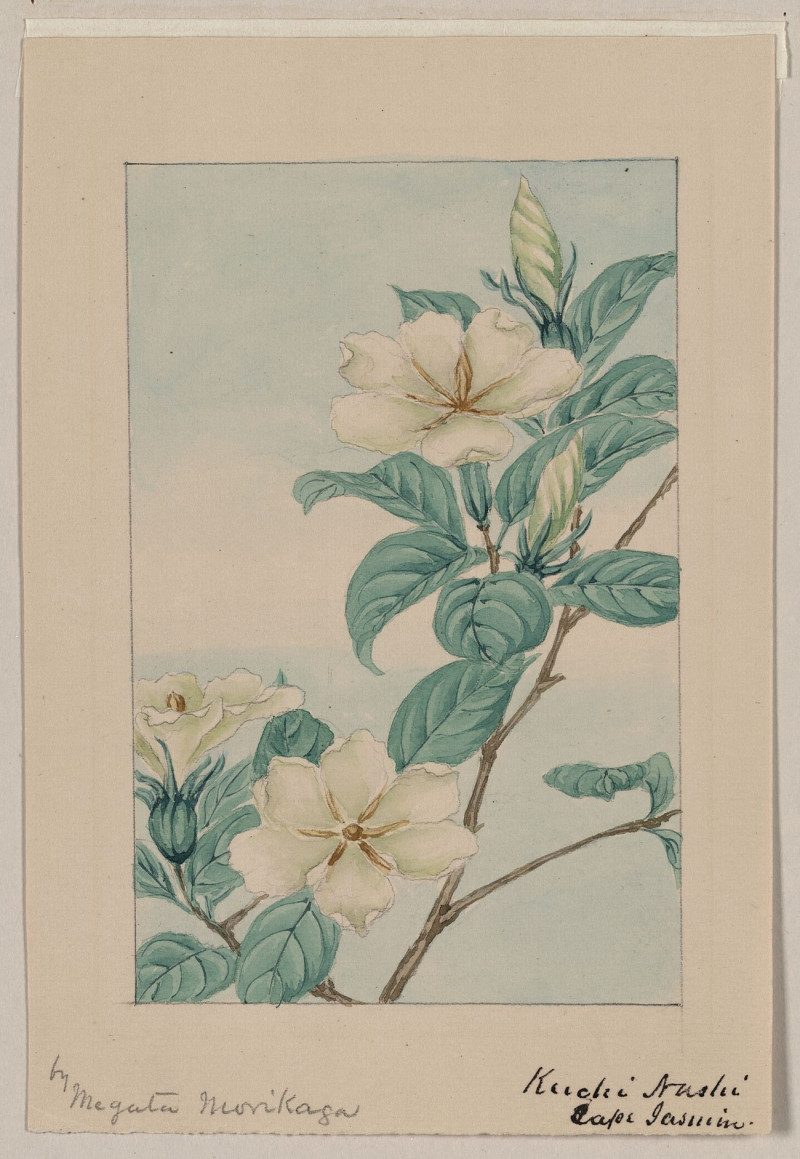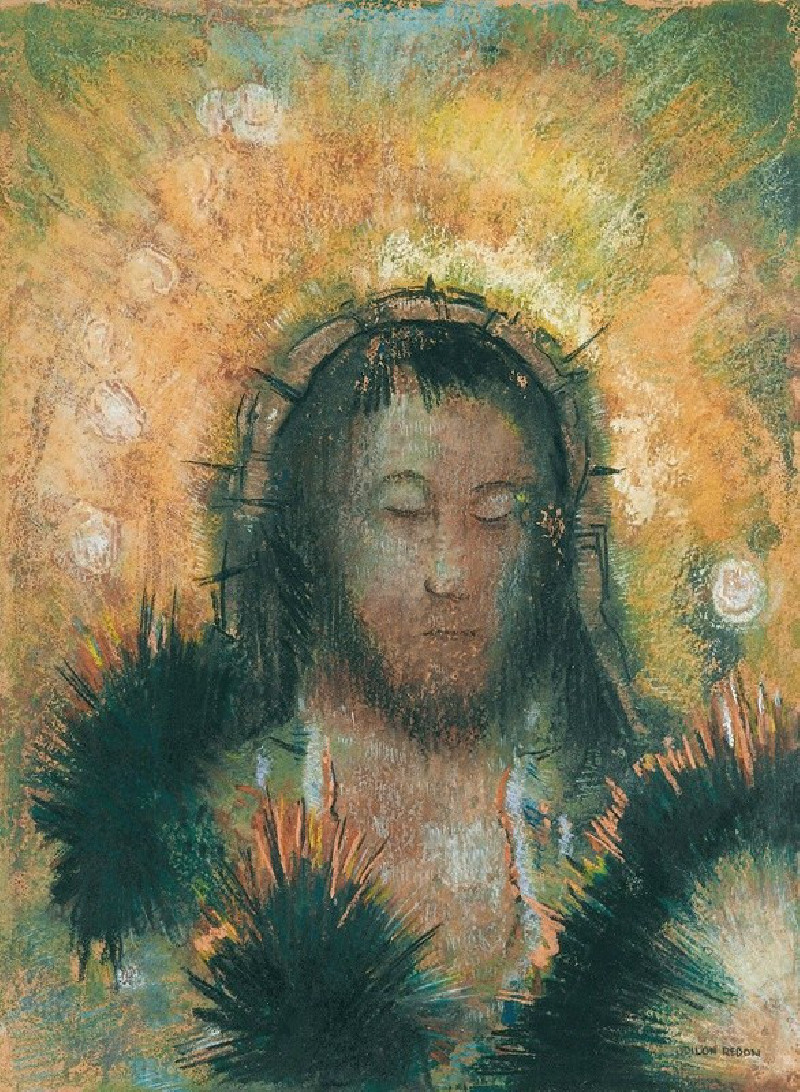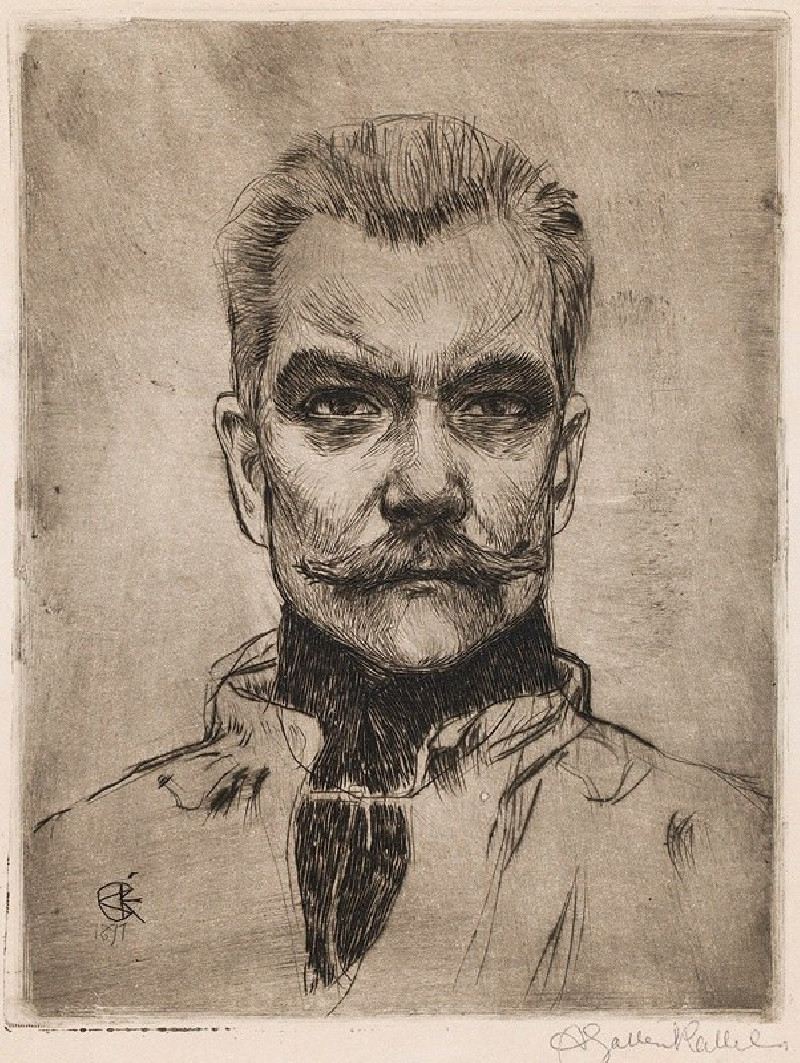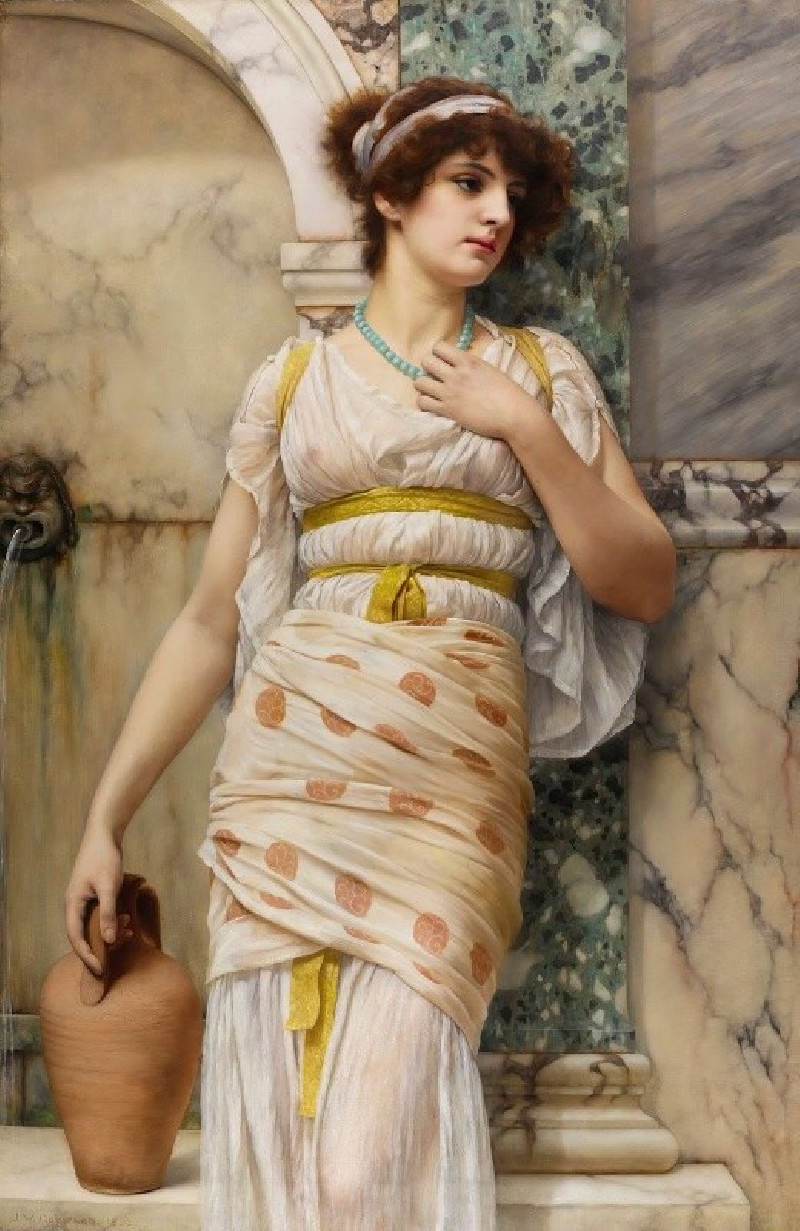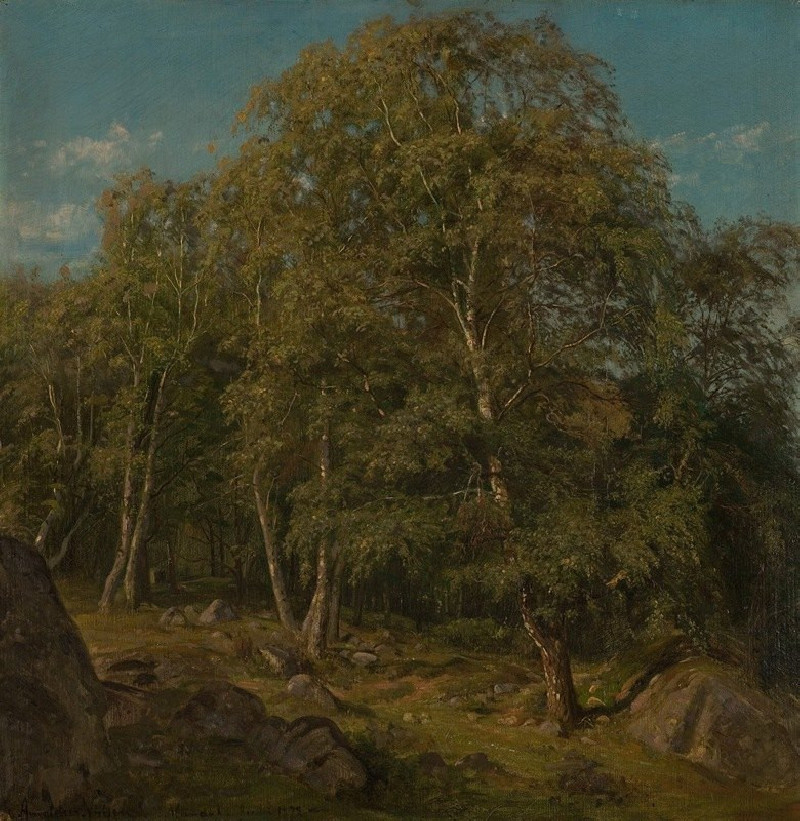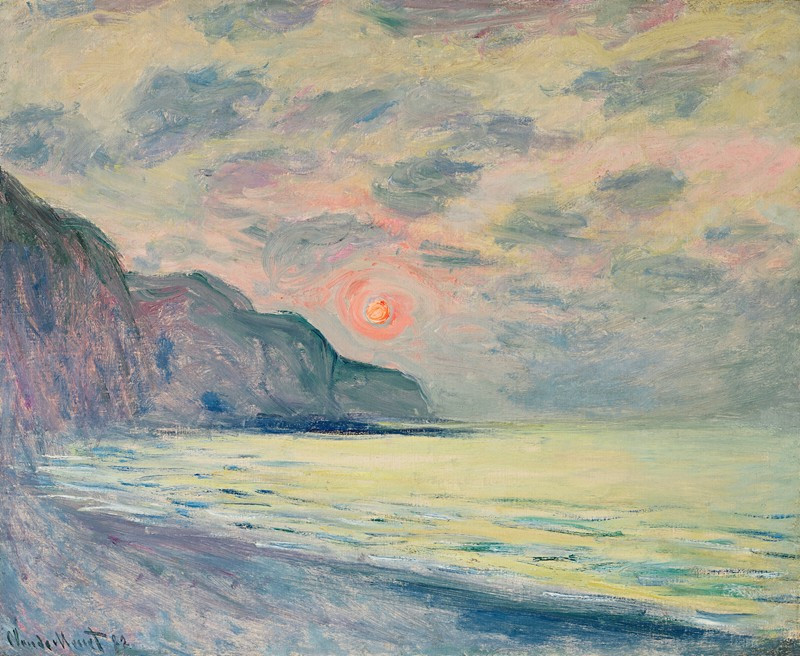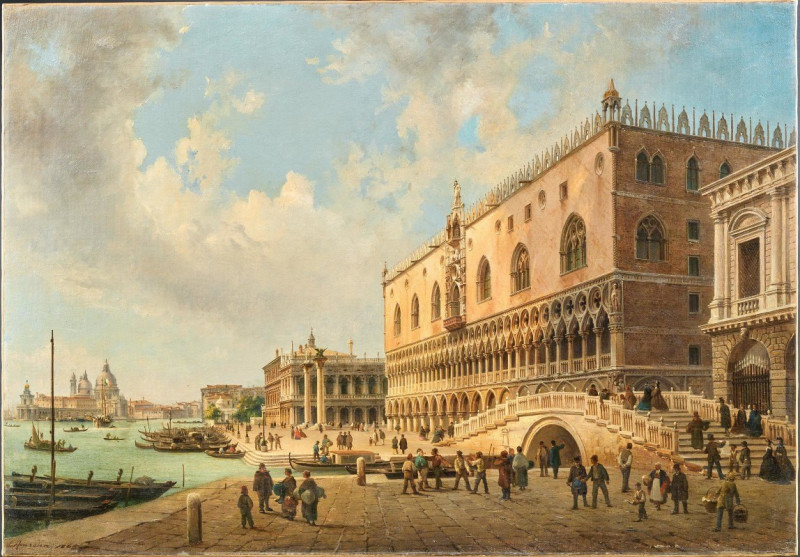The Orange Path (1916)
Technique: Giclée quality print
Recommended by our customers
More about this artwork
Alexej von Jawlensky's painting, "The Orange Path," is a vibrant, expressive piece that captures the viewer's attention with its powerful use of color and form. Created in 1916, this artwork is a fantastic representation of early expressionist painting, where the artist moves away from representing reality to capturing emotions and subjective interpretations.In "The Orange Path," Jawlensky uses bold, saturated colors to draw the eye through the composition. The path itself, rendered in hues of orange, seems to invite viewers into the scene, guiding them through the lush, abstract landscape. Surrounding the path are various forms and shapes suggesting trees and foliage, painted in deep reds, greens, and blues, that contribute to the painting’s striking aesthetic.This artwork is not just a visual experience but also an emotional journey. Through his abstract style, Jawlensky communicates a sense of vitality and inner experience, which is characteristic of Expressionism. The use of contrasting colors and dynamic brushstrokes enhances the sense of movement within the painting, making the landscape seem alive with energy.
Delivery
Returns
Alexej Georgewitsch von Jawlensky (13 March 1864 – 15 March 1941) was a Russian expressionist painter active in Germany. He was a key member of the New Munich Artist's Association (Neue Künstlervereinigung München), Der Blaue Reiter (The Blue Rider) group and later the Die Blaue Vier (The Blue Four).


